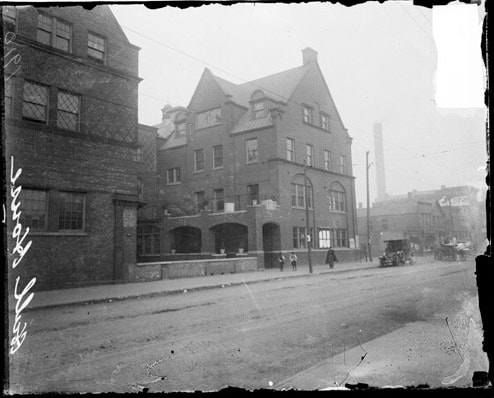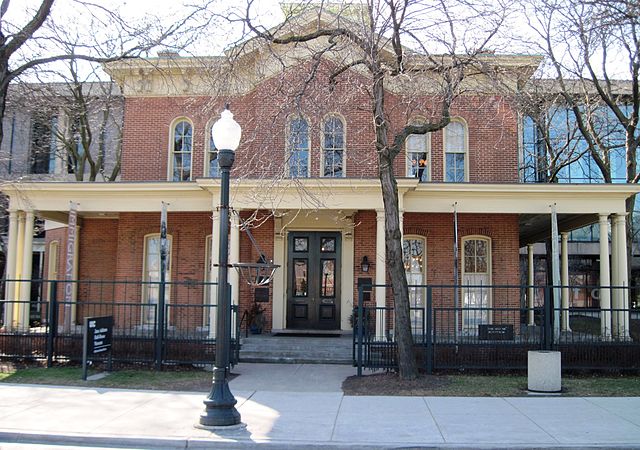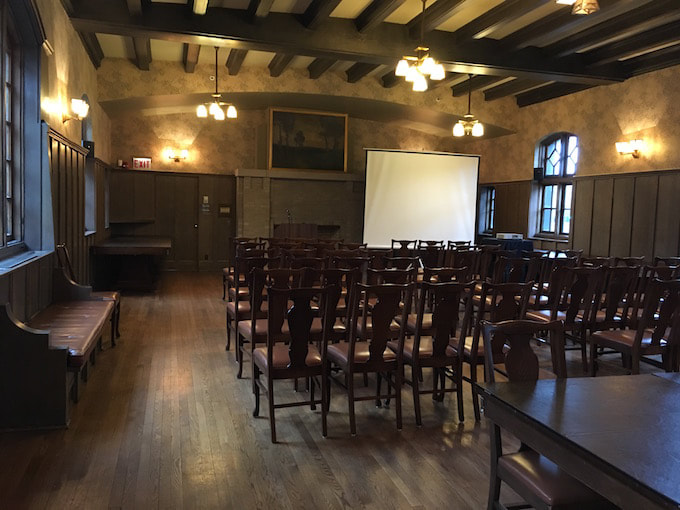|
Inspiring women, innovative approaches to living and learning, and pioneering social justice work: sound like something from the #metoo or #TimesUp movements? Maybe, but it was also how women at the Hull-House in Chicago lived and worked over 100 years ago. While I was in Chicago in February, I had a chance to visit the Hull-House and be totally amazed by these women, who I already knew a little bit about. Here is a tour and brief history of the settlement house. Jane Addams and Ellen Gates Starr established the Hull-House in 1889, believing that working and immigrant neighborhoods in Chicago needed better access to education, healthcare, and social life. The Hull-House was in the Near West Side (now on the University of Illinois Chicago campus), in a neighborhood of Italian, Irish, German, Greek, Russian, Polish, and Bohemian immigrants. The so-called settlement houses were also a place where young, educated women could put their desire to do social work to use; they were generally expected to just get married and shut-out from many professions. But here, they could teach English, art, and feel like they were making a difference in the community. "The original two residents... believed that the mere foothold of a house easily accessible, ample in space, hospitable and tolerant in spirit, situated in the midst of the large foreign colony which so easily isolate themselves in American cities, would be in itself a servicable thing for Chicago." -- Hull-House Year Book 1906-1907
Jane Addams served as the director of the Hull-House until her death in 1935, but the work of the Hull-House continued. All but two of the Hull-House's 13 buildings were destroyed (along with much of the surrounding neighborhood) when the UIC campus was constructed in the mid-1960s. Today, the main Hull-House is a museum interpreting the lives and accomplishments of those who passed through the settlement, and a space to explore modern social justice issues, like the closing of public schools on Chicago's West Side.  Upstairs at the Hull-House museum. Upstairs at the Hull-House museum.
0 Comments
Your comment will be posted after it is approved.
Leave a Reply. |
Come in, the stacks are open.Away from prying eyes, damaging light, and pilfering hands, the most special collections are kept in closed stacks. You need an appointment to view the objects, letters, and books that open a door to the past. Archives
April 2023
Categories
All
|









 RSS Feed
RSS Feed